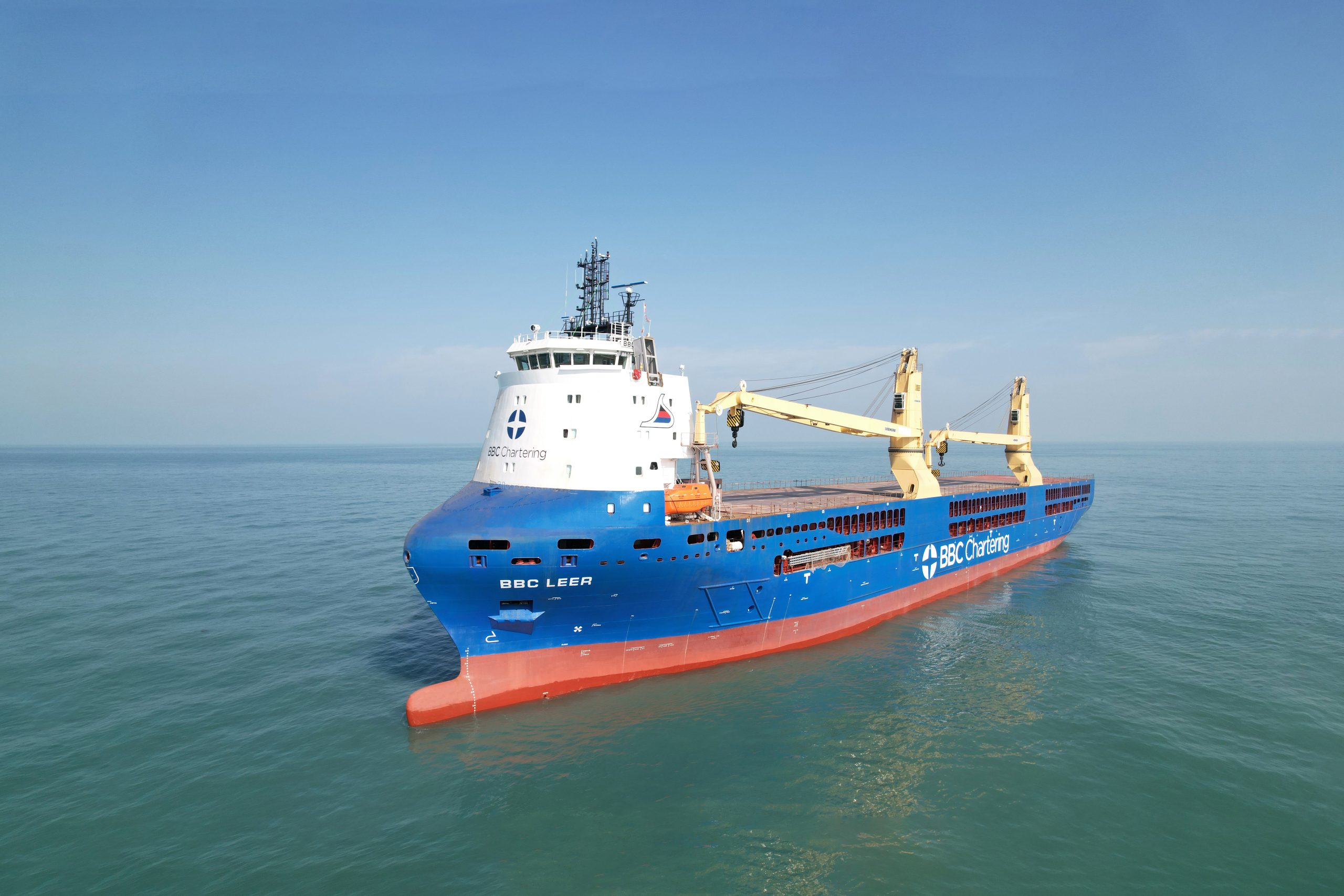Following the US announcement that it would impose sanctions on two major Russian oil producers, Rosneft PJSC and Lukoil PSJC, crude oil buyers turned to alternatives and supertanker futures freight rates rose.
According to Baltic Exchange data, futures freight rates increased by 16% on Thursday, reaching their highest level since the beginning of 2023. December contracts for very large crude carriers on the Middle East-China route showed a 13% increase.
After the sanctions, refineries in India and China, the main buyers of Russian crude oil, announced they would gradually withdraw from the market and turn to Middle Eastern sources to cover the potential supply gap. This development increased the demand for tankers on these routes.
Anoop Singh, Head of Global Shipping Research at Oil Brokerage Ltd., commented on the matter as follows:
“We anticipate that the demand for crude oil will be stronger and longer-term due to the increasing number of Russian producers being included in the scope of the US Treasury Department’s Office of Foreign Assets Control (OFAC) sanctions.”
This US move is seen as a continuation of the long-standing efforts by both the Biden and Trump administrations to persuade Asian refineries to stop purchasing Russian crude oil. However, these efforts by the US administration have so far been ineffective in Russian oil trade.
According to International Energy Agency (IEA) data, Russia exported approximately 7.3 million barrels of oil per day in August. This amount corresponds to about 7% of global crude oil and refined fuel consumption.
Source:





